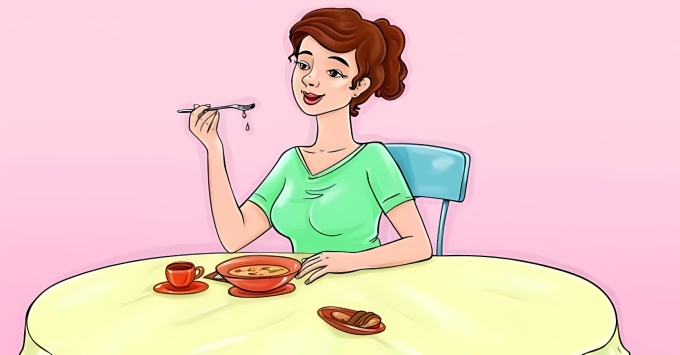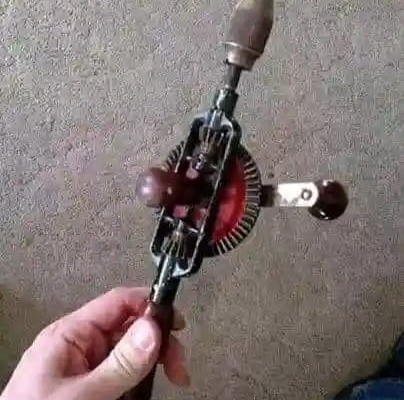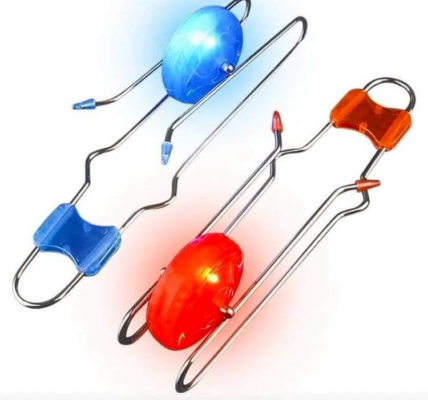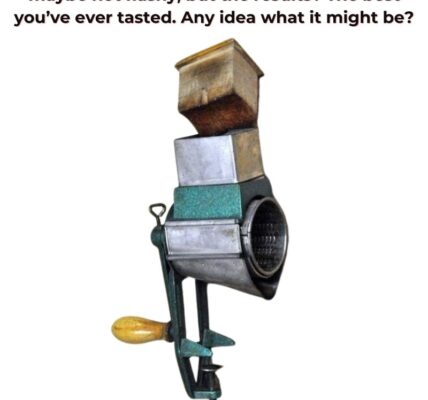Have you ever stumbled upon an image that seems flawless at first but hides a subtle mistake? This particular picture of an elegant woman enjoying her meal is one such example. At first glance, it looks like a serene moment captured in time. But take a closer look—something isn’t quite right. Are you ready to put your observational skills to the test and uncover the mistake? Let’s dive into the challenge!
Why This Puzzle Grabs Your Attention
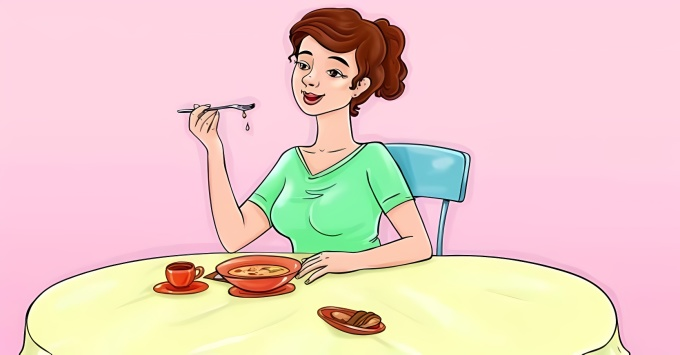
Puzzles like this one are more than just a fun distraction—they’re a great way to flex your brain muscles. They force you to slow down, focus on the details, and think critically. What makes this riddle particularly engaging is its simplicity. It captures a familiar scene from everyday life, making the mistake all the more challenging to spot.
The human brain loves to create order out of chaos. When we see an image like this, we assume everything makes sense. That’s what makes spotting the mistake so satisfying—it’s a reward for breaking through your brain’s natural assumptions.
How People Approach These Puzzles
Many people approach puzzles like this with a sense of overconfidence, expecting to spot the answer immediately. However, subtle errors like the one in this image often catch us off guard. Here are some common missteps:
- Focusing on the Wrong Details: People often get distracted by background elements like the table, chair, or room décor, instead of zeroing in on the central action.
- Overanalyzing the Scene: Some puzzle solvers look for overly complex inconsistencies, like perspective errors or missing shadows, instead of focusing on the straightforward oddity.
- Trusting What They See: Our brains tend to gloss over inconsistencies to make sense of the image as a whole. Breaking free from this tendency is key to solving the riddle.
Step-by-Step Guide to Solving the Puzzle
Step 1: Focus on the Woman
Start by observing the woman at the table. She’s relaxed, enjoying a meal, and holding a utensil in her hand. Everything about her posture and demeanor seems natural. But what about her actions?
Step 2: Analyze the Utensil
Here’s where the subtle mistake lies. The woman appears to be eating soup, but she’s holding a fork instead of a spoon. That’s right—a fork! A utensil that’s completely impractical for soup. This small yet glaring detail is the key to solving the puzzle.
Step 3: Verify the Rest of the Scene
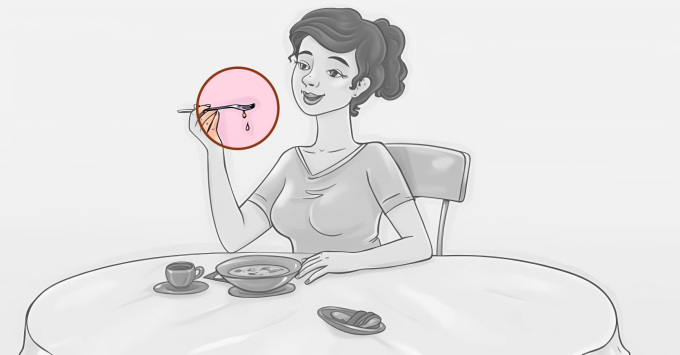
Once you’ve spotted the fork, take a moment to examine the rest of the image. The table setup, the bowl of soup, and the woman’s expression all seem normal. The misplaced utensil stands out as the only inconsistency, confirming it as the error.
Why Do Observational Puzzles Feel So Tricky?
If you didn’t notice the fork immediately, you’re not alone. Our brains are wired to process scenes as cohesive wholes. When we see a familiar situation—like someone eating at a table—we fill in the gaps, assuming everything is in order. This cognitive shortcut makes life easier, but it also makes puzzles like this one more challenging.
Observational puzzles force us to question our assumptions and pay attention to the details. They encourage us to break free from autopilot mode and examine what’s really in front of us.
Why These Puzzles Are Good for Your Brain
Solving riddles like this isn’t just fun—it’s a workout for your mind. Here’s how puzzles like these can benefit you:
- Boost Focus: Training your brain to spot small inconsistencies sharpens your attention to detail.
- Improve Patience: Finding the answer often requires a careful and methodical approach, which helps develop persistence.
- Enhance Problem-Solving Skills: These puzzles encourage creative thinking and a willingness to look at things from different angles.
What Did You Notice First?
Now that you know the answer, reflect on your experience. Did you spot the fork immediately, or did you focus on other details first? Maybe you were distracted by the background or the woman’s expression. Whatever your process, share your observations with others! It’s always fascinating to see how different minds approach the same puzzle.
The Joy of Solving Puzzles
What makes puzzles like this so rewarding is the “aha!” moment when you finally crack the code. It’s a small but satisfying victory, a reminder of the power of focus and attention to detail.
But don’t stop here! There are countless other puzzles and riddles out there waiting to challenge your mind. Whether it’s spotting hidden objects, solving logic problems, or tackling brainteasers, every puzzle is an opportunity to sharpen your skills and have some fun along the way.
Conclusion: The Fork in the Soup Mystery Solved
This simple yet clever riddle is a perfect example of how even the smallest details can challenge our perception. At first glance, everything seems perfect. But with a closer look, you uncover the misplaced fork—proof that sometimes the answers are hidden in plain sight.
Puzzles like this are more than just a game—they’re a chance to exercise your brain, improve your focus, and enjoy a little mental challenge. So, if you enjoyed solving this one, keep the momentum going! The world is full of puzzles waiting to be cracked. Ready for the next challenge? Let’s go!
